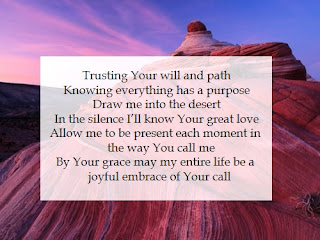Melalui simulasi, DHS / Idaho National Laboratory hack ke dalam sistem perusahaan dan menemukan kerentanan sementara perusahaan berusaha untuk memerangi hack
Setelah string hacks yang terjadi sepanjang 2011, seperti yang diluncurkan terhadap Sony, Fox News, dan CIA, pemerintah AS tidak mengambil risiko lagi.
Department of Homeland Security (DHS) kini menawarkan program pelatihan keamanan jaringan untuk perusahaan yang ingin memahami lebih tegas tentang apa yang harus dilakukan ketika hack terjadi pada sistem mereka.
DHS, yang telah bermitra dengan Idaho National Laboratory untuk program-program pelatihan, melakukan selama seminggu, 12-jam sesi di Idaho Falls, Idaho sekitar sebulan sekali untuk membantu perusahaan belajar bagaimana untuk memerangi hacker.
DHS dan Idaho National Laboratory mengadakan acara media yang dua hari pekan lalu sebagai contoh dari apa yang menawarkan program pelatihan. Pada saat itu, skenario fiktif dengan perusahaan palsu yang digunakan untuk menunjukkan sesi khas. Dalam kasus ini, itu adalah perusahaan kimia ACME vs Barney Lanjutan Domestik (BAD) Chemical Co, di mana BAD berusaha untuk kembali ke sistem ACME untuk mencuri resep untuk produk kimia baru.
BAD mampu menyusup sistem ACME melalui phishing scam dalam email, di mana hacker, yang merupakan Idaho National Laboratory karyawan, mampu meng-hack sistem dan mencari lubang keamanan. Tim di sisi hacking atau sisi perusahaan dapat memperoleh poin untuk membeli item yang baik menembus atau melindungi sistem.
Melalui latihan ini, perusahaan-perusahaan belajar langsung bagaimana melompat ke komputer dan mendapatkan kembali kontrol jaringan. Menurut Marty Edwards, direktur Sistem Pengendalian DHS Program Keamanan, perusahaan dengan kebijakan perusahaan keamanan yang mendelegasikan tanggung jawab untuk peristiwa semacam itu telah menjadi paling sukses dalam program.
“Ini adalah permainan strategi dalam cara terbaik untuk menerapkan pertahanan Anda di lingkungan kontrol industri,” kata Edwards. “Ini tidak semua tentang teknologi, ini tentang orang-orang.”
Perwakilan dari industri transportasi, energi, minyak dan gas adalah beberapa contoh dari mereka yang telah mengikuti program.



